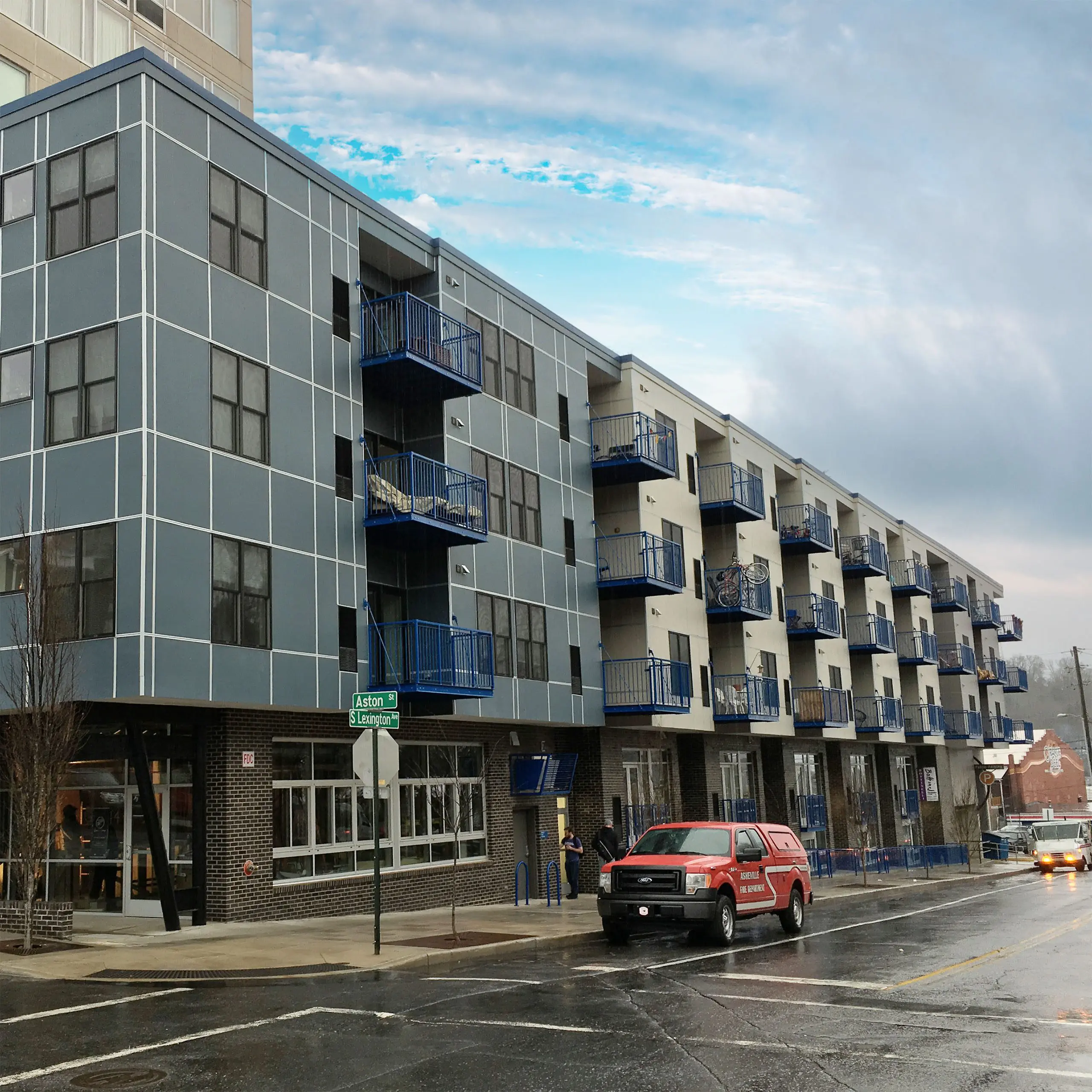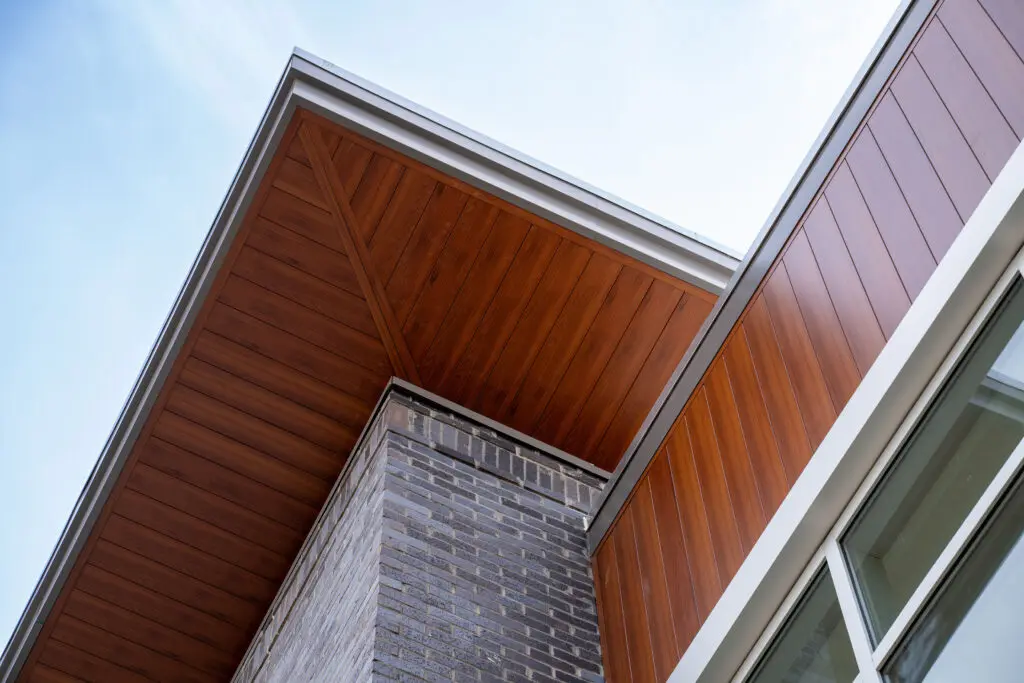Moisture management in constructed buildings is a complex issue that can cause real and significant problems. Some of the most challenging moisture sources to find in buildings are the ones that are concealed. These can include water between plywood elements within a floor system and on the outer facade of structures. In addition, a source within the external walls can be challenging to locate, and it can often give rise to condensation stains on the cladding’s exterior surface that doesn’t necessarily indicate its exact location.

When building envelopes are exposed to water, it can have devastating consequences for the structure and integrity of the building. Humid conditions can accelerate fungal decay and dry rot and lead to corrosive effects. Health hazards also result from the impact of moisture and may include reduced air quality due to mold growth.

Moisture Management Strategies
There are three types of water that moisture management strategies must address, to effectively control and reduce water-related damages to buildings: bulk water, capillary, and vapor diffusion.
- Bulk Water: moisture from rain, snow, and flowing groundwater that has the potential to collect and pool in and around structures.
- Capillary Water: the movement of water against the flow of gravity through porous materials.
- Vapor Diffusion: occurs when water vapor such as humidity travels through an envelope barrier and into the interior of a building.
Moisture management strategies respond to these three sources of moisture by using methods that address each type of water. External sources are addressed by controlling rainwater penetration through roofs and walls, preventing condensation on walls or pipes from entering the building enclosure, and using vapor-permeable materials to allow natural ventilation. Internal sources are addressed by installing vapor barriers when needed to prevent moisture from migrating into the structure. Finally, construction materials moisture is addressed by managing humidity during construction activities and minimizing its impact on materials used in construction (e.g., minimizing exposure to rain before applying topcoat finishes).

First Line of Defense
The exterior of buildings is the first line of defense against rain and wind. However, if it is not appropriately designed, the building will be exposed to damage from water infiltration. To prevent this, specific practices should be followed when constructing buildings.
While proper air and water-resistant barriers must always be used behind cladding to ensure moisture does not enter the interior walls, builders should utilize correct siding options and techniques to ensure water cannot penetrate the space between siding and external walls.

Siding is a significant part of the building envelope. It is the first line of defense against rain and snow, but it also needs to be able to repel water to protect structure walls from freeze-thaw cycles and other extreme weather conditions.
EasyTrim Reveals revolutionary aluminum trim systems have been specifically designed to assist with moisture management at the siding level. Traditional one-piece trim systems with vertical backplates can result in gaps between the siding, therefore not achieving full panel coverage. These gaps may cause panels to become misaligned and openings to occur that allow water to collect, eventually wearing through the siding.

EasyTrim Reveals can solve this issue with its patented innovative two-piece design that protects siding by diverting water and channeling moisture away from buildings. To accomplish this, the horizontal trim pieces incorporate EZ.Slope® technology slants each piece at an 8-degree angle to prevent water from pooling, while the innovative EZ.Bump® features intelligently placed drainage channels. These features provide an effective tool against moisture damage, making EasyTrim Reveals a durable and lasting solution for fiber cement siding trims.
These key features help prevent premature failure of panels and improve maintenance-free resilience for years to come when installed correctly. The result is a more durable product that contributes to long-term performance over traditional one-piece trim systems by reducing maintenance costs, improving aesthetics, and increasing the overall value of a home or building.

EasyTrim Reveals complete aluminum trim systems for residential and commercial developments are compatible with a wide range of siding products, including fiber cement, engineered wood, and vinyl panels. Our Fit & Finish™ technology ensures an easy installation and high-quality curb appeal without a single sharp edge. Reach out to one of our expert representatives to discover how our products can assist your next project with combating moisture-related damage.










